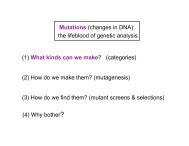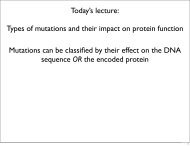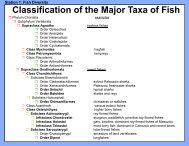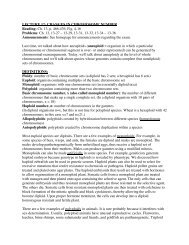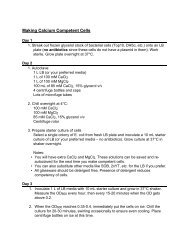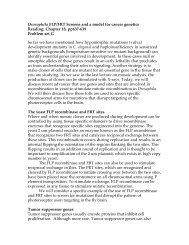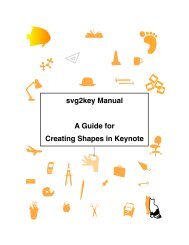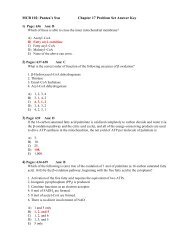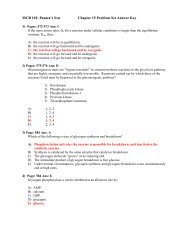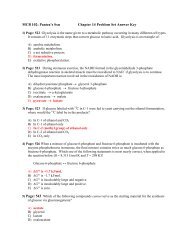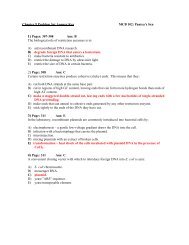Babinski reflex and corticospinal tract lesion
Babinski reflex and corticospinal tract lesion
Babinski reflex and corticospinal tract lesion
You also want an ePaper? Increase the reach of your titles
YUMPU automatically turns print PDFs into web optimized ePapers that Google loves.
Stretch ReflexAgonist muscleAntagonistmuscle+-+MonosynapticServes to maintain the muscle toneFeedback system keeping the muscles around a set lengthIt involves a con<strong>tract</strong>ion that takes place when the muscle gets stretched.Mechanism: When the muscle is stretched, this results in the stretching of the intrafusal muscle fibersin the muscle spindle. As a result, the Ia endings are stretched <strong>and</strong> increase their firing rate. They makeexcitatory connections onto the alpha MN innervating the same muscle <strong>and</strong> also onto those innervatingsynergistic muscles. Thus, the muscle con<strong>tract</strong>s <strong>and</strong> its length is reduced.Ia fibers can also synapse onto inhibitory interneurons <strong>and</strong> cause the relaxation of the antagonistmuscles. (polysynaptic component)13Flexion Withdrawal ReflexPolysynaptic--Protective ReflexThe limb is quickly withdrawn froma painful stimulus,usually by thesimultaneous con<strong>tract</strong>ion of allflexor muscles in the limbExtensormusclepainFlexormuscleMechanism: When there is a painful stimulus, the sensorysignal excites the motor neurons that innervate flexormuscles of the stimulated limb <strong>and</strong> inhibits MN thatinnervate the extensor muscles of the limb (reciprocalinnervation)Also, the <strong>reflex</strong> can produce an opposite effect in thecontralateral limb to enhance postural support. (crossextension<strong>reflex</strong>)FlexormuscleExtensormuscle14



